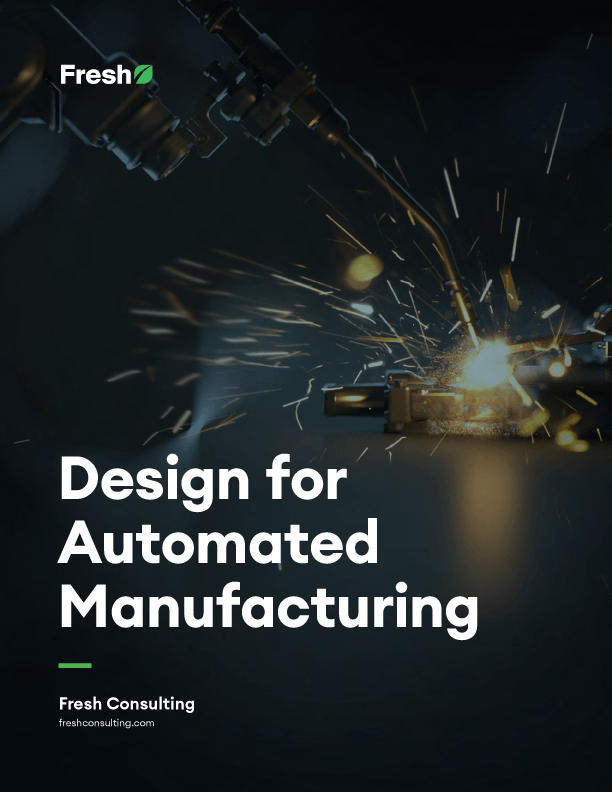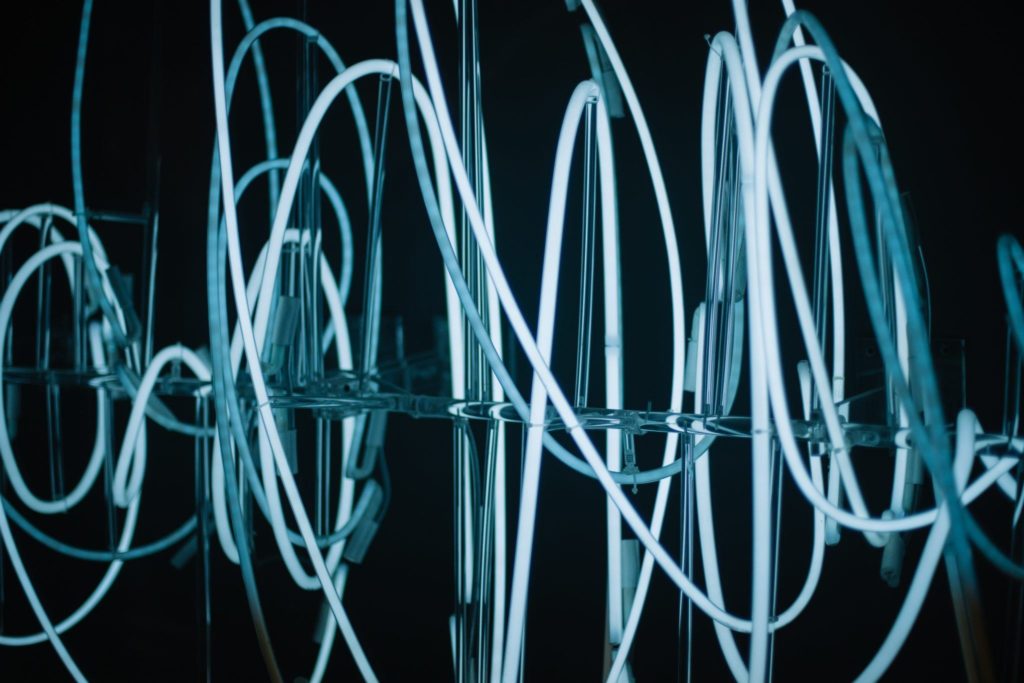Article
Keys to Successful Product Development & Best Practices

After globally surveying product managers, Gartner uncovered that nearly half of product launches (45%) are delayed by a minimum of one month. And of those halted by delays, they found an average of 20% of products failed to reach internal targets.
So how do you speed up your workflow? And just as importantly, how do you ensure that when you meet a deadline, your product delivers the market results you expect?
With 30,000 new products launched in the US yearly, of widely varying levels of quality and user value, there’s a massive opportunity for companies to beat the competition by investing resources in a mature product development process. The common adage is “Build the right product, and build the product right.” Whether you go with Fresh, another vendor, or build your products internally, we’ve recognized a few things that will help develop a repeatable, reliable approach to creating value.
This post will discuss:
- A general definition of product development
- Six common product development stages
- Four best practices your organization can start employing today
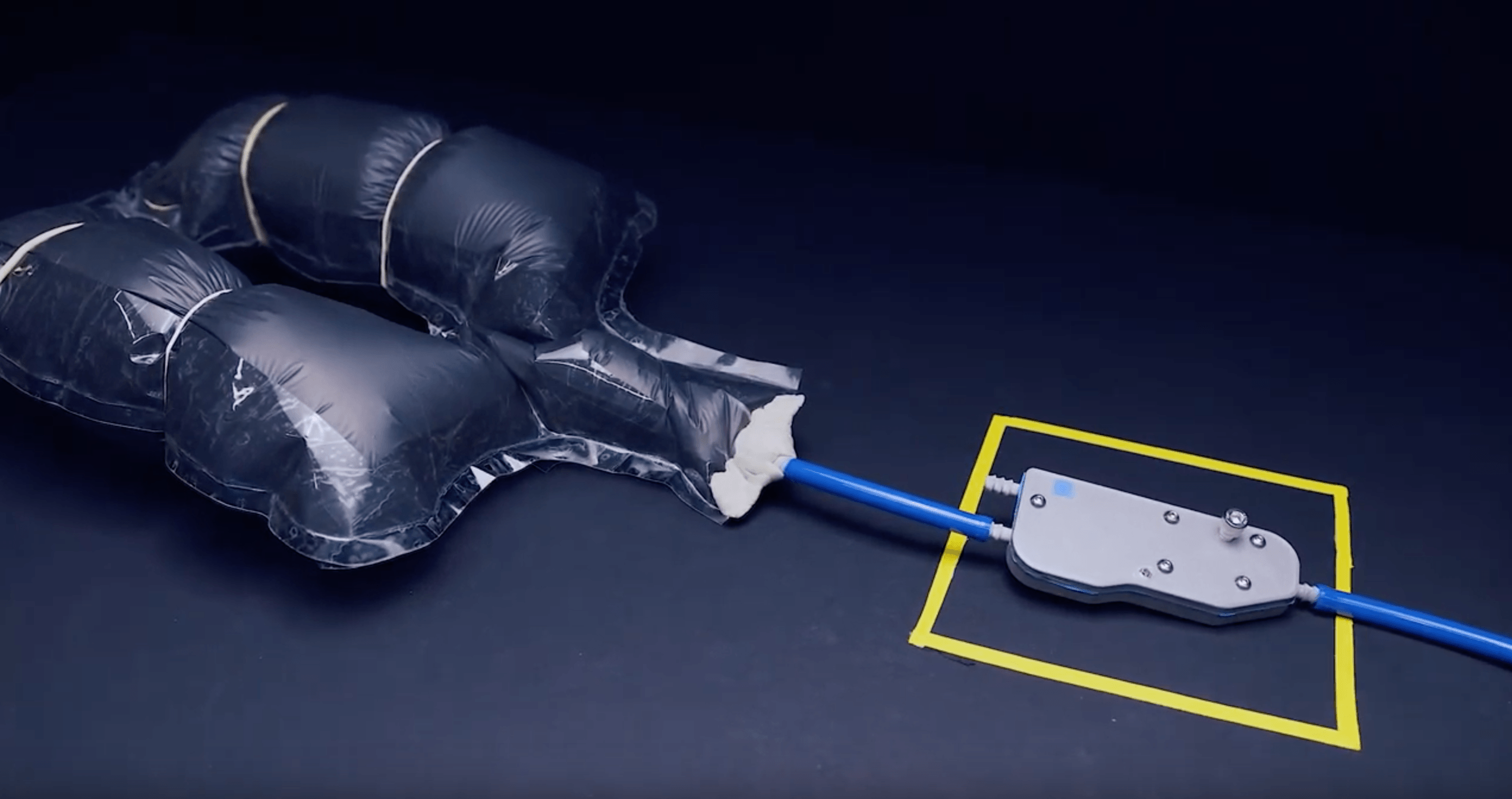
Defining “successful product development”
Success is an indefinite target unless you create your own definition:
- What’s the minimum viable product? What will it take to build it?
- What are your target KPIs? What metrics will indicate how far your team has moved the needle?
- Is there an existing product? What qualities determine whether the new one is an improvement?
- Are you in “blue sky” territory? How will you ground your process and tie it back to concrete requirements?
Much more thinking and questioning go into defining “successful product development” aside from the sampling above. But the key point is this: success will look different from different organizations, products, and industries.
Reliable methods for product innovation, whether for a new or existing product, allow you to adhere to your definition for success throughout the product lifecycle as different disciplines come into play and as stages of the product development process progress. Developing your custom definition of “success” is the first step, followed by sculpting your process (from an existing template or from the ground up) to ensure that those requirements are kept at top of mind, and ultimately, met.
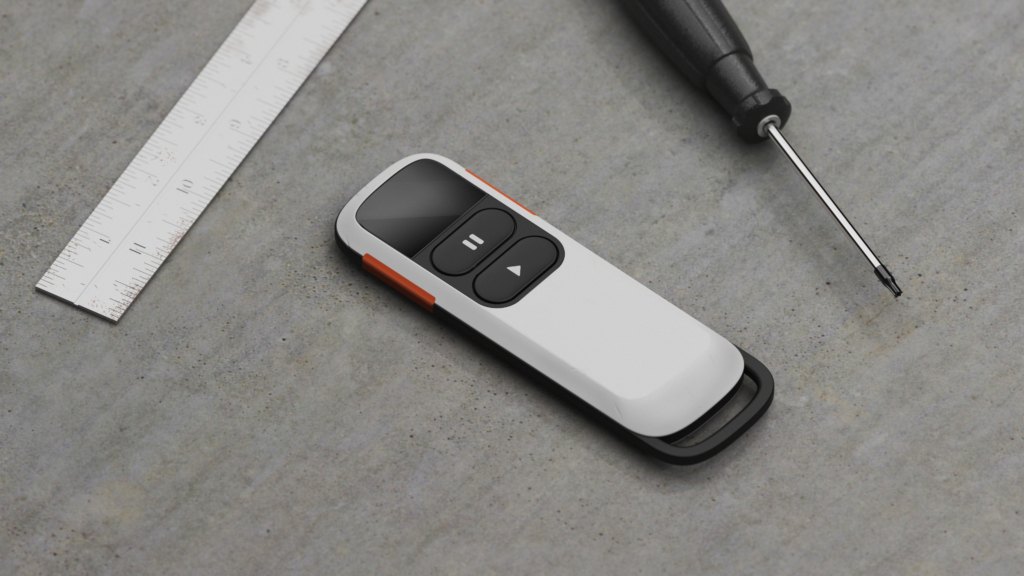
The 6 stages of the product development cycle
Although there’s not a one-size-fits-all product development plan, our product development matrix has six common stages. Many other product development roadmaps follow a similar flow.
- Product concept and market research: Products typically begin on the drawing board with brainstorming and idea generation. The development team should develop a shared understanding of product feasibility and establish a process for measuring success.
- Design: During this phase, the product begins to take form. Using a tried and tested methodology, a wireframe, a sketch, a render, or whatever else makes the most sense can be used to garner input from the development team, investors, and potential customers. This information feeds back into the product design process for future iterations.
- Prototype: Prototyping involves the creation of an initial version of the product. Doing so allows the product development team to collect more detailed input from potential customers. Although the prototype might not resemble the end product, prototyping is an efficient way to get user insight. This stage may require several iterations to meet your functional requirements.
- Production: The team can begin developing the initial product version by building on information gathered and lessons learned during the prototype phase. At this stage, user experience, visual design, form, and function become nearer to their finalized form. Product development time will vary depending on several factors, including the complexity of the product.
- Release: Once the product is close to launching, sales, marketing, and other go-to-market campaigns should be in place. Ongoing measurement of customer experience is essential, and planning at the forefront ensures that it happens in a timely and reliable way.
- Support and scale: Maintaining consistent feedback loops across your product touch points (UX, technical considerations, versions, etc.) and monitoring business analysis metrics is vital. As pain points or unforeseen obstacles arise, you can make any necessary tweaks to maintain success.
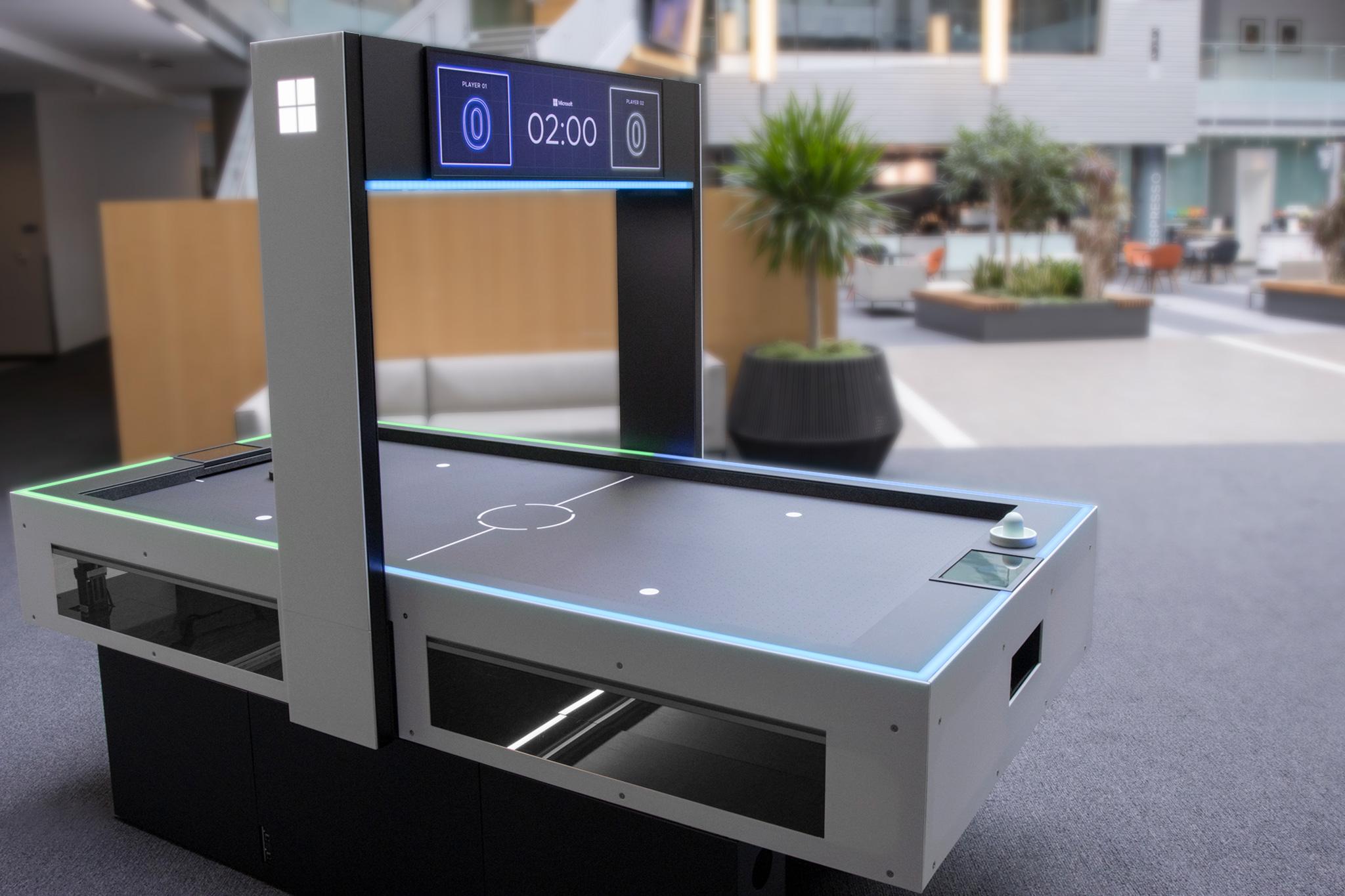
Additional product development best practices
A list of steps or phases to follow is useful for creating a product development plan. But there are also general, less concrete principles that can guide the way a product development team does its work. This ensures that while continuous progress is made (via a process like the one mentioned above), flexibility is also incorporated, which allows a team to pivot and adapt its approach as more insights are garnered.
Create space for innovation
Innovation is at the heart of the product development process, whether it’s innovation from the ground up, blue sky prospecting, or simply iterating on an existing product. Without an intentional approach to innovation, companies struggle to create stand-out products that build brand relevance and draw customers in. At Fresh, innovation is a cultural norm. It starts at the leadership level, with C-suite teams advocating for the process. Whether you’re leading a startup or a well-known business, it’s never too late to implement innovation at the core of your company, and given that we’ve done it before, we can help organizations across the spectrum put the foundation in place to break new ground in their industry.
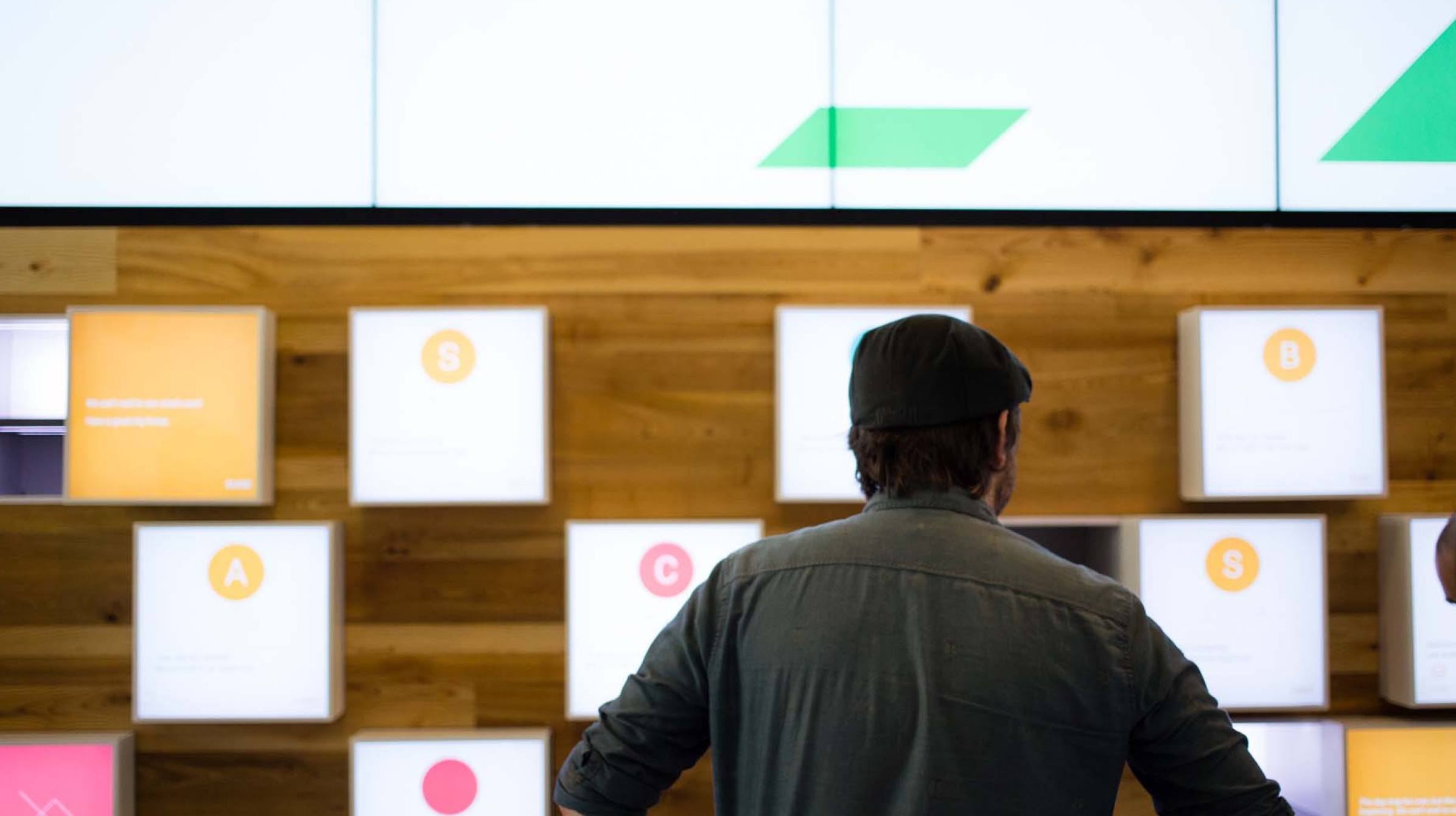
Foster continuous cross-disciplinary collaboration
Remember that earlier stat from Gartner on product delays and failure rates? That same study found that 78% of product managers who prioritized improving internal collaboration saw lower product failure rates.
In our experience, truly innovative ideas stem from healthy collaboration. When a group of multi-disciplinary brainstormers come together to share ideas and solve problems, new trails are blazed and real business value is created.
Our product development process emphasizes collaboration across disciplines like industrial design and hardware because we recognize how difficult it is to produce a well-developed product without a nuanced team. People are an essential resource. Creating a product might not involve direct UX, industrial design, software, and hardware development work, but most involve elements of the disciplines mentioned above and numerous others, which is why it’s so essential to have broad practice area representation.
Project Moab, shown in the images below, involved dozens of contributors across multiple disciplines, which was a huge reason it was so successful, winning the 2022 Red Dot “Best of the Best” award.
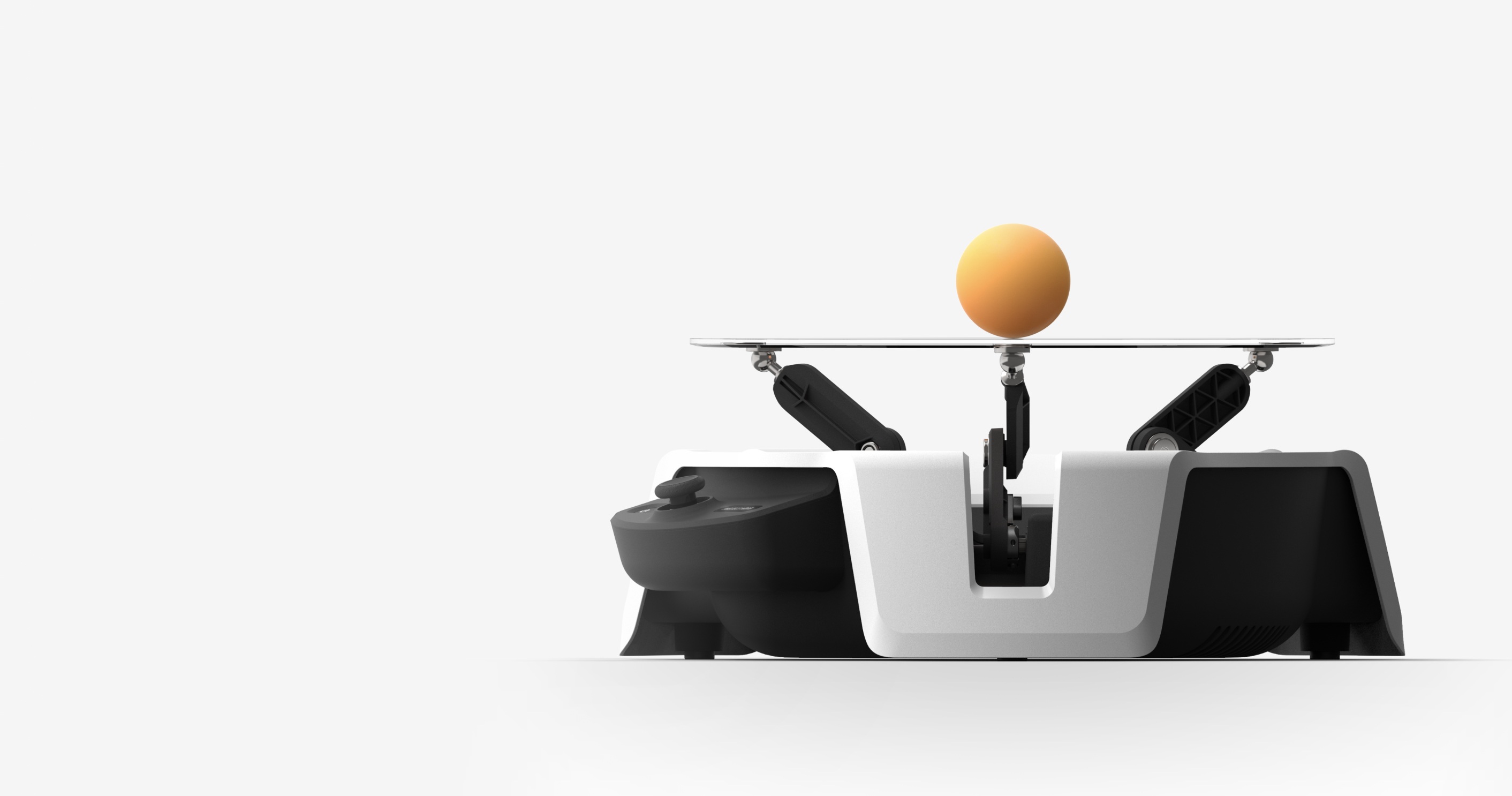
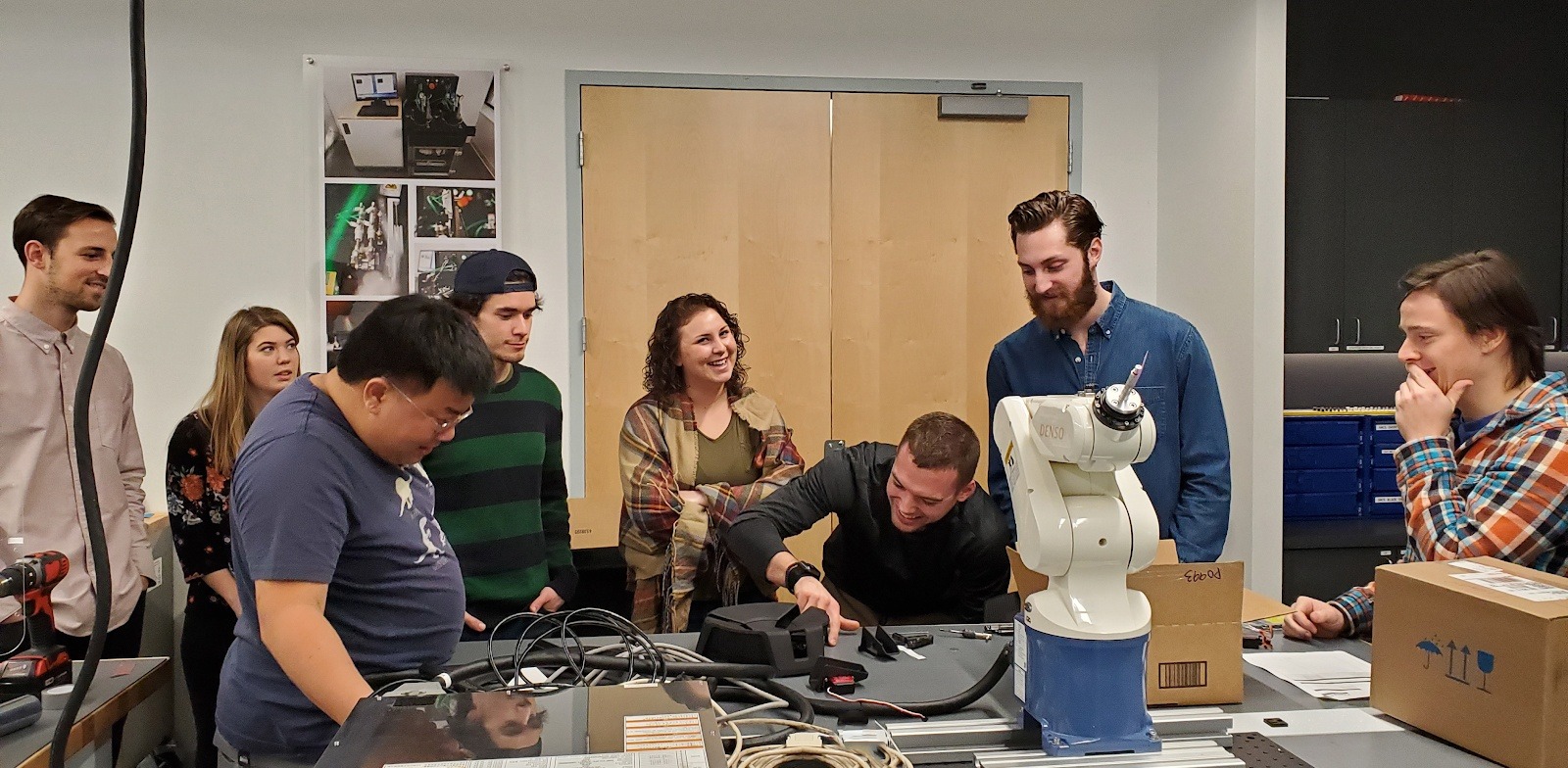
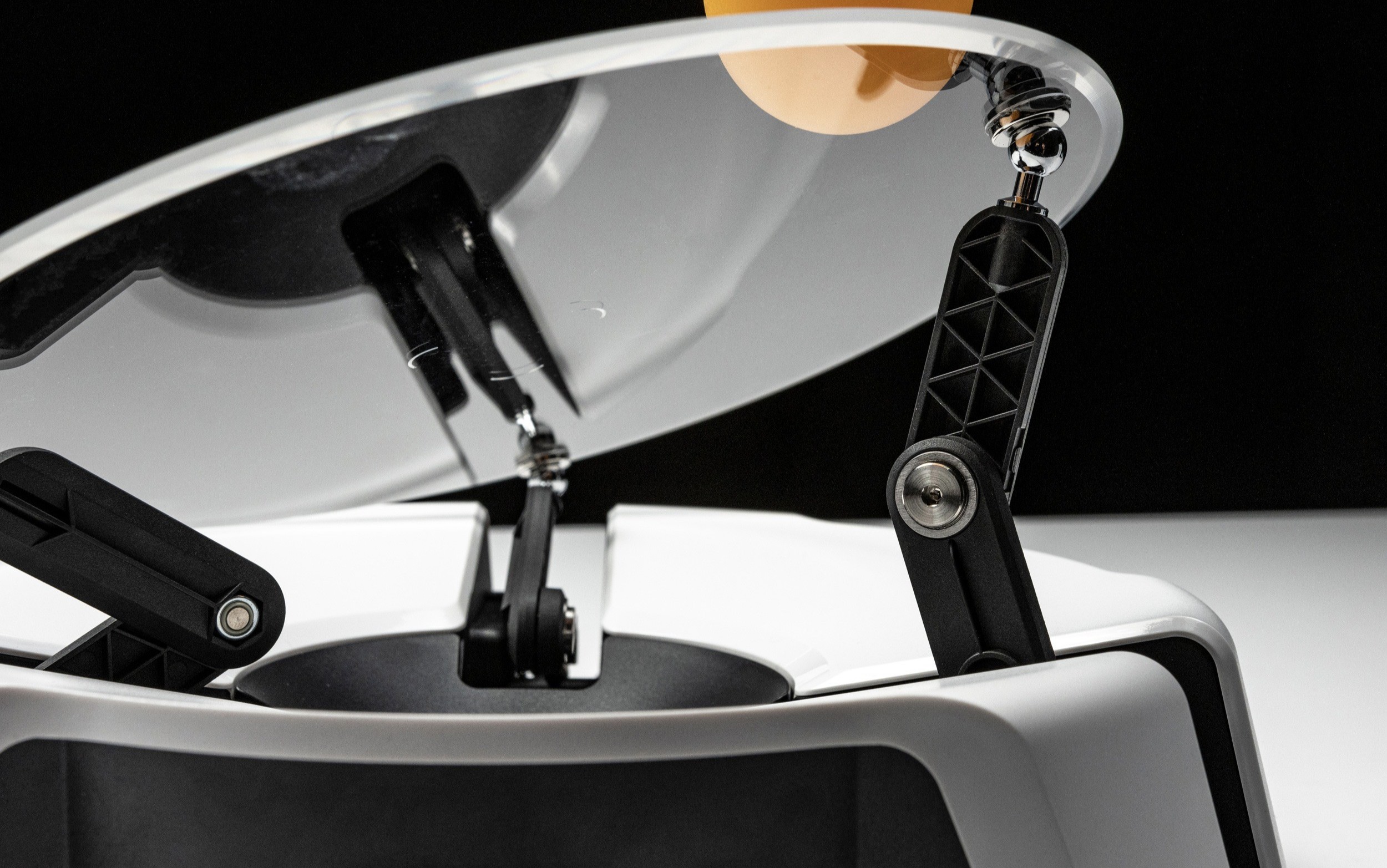
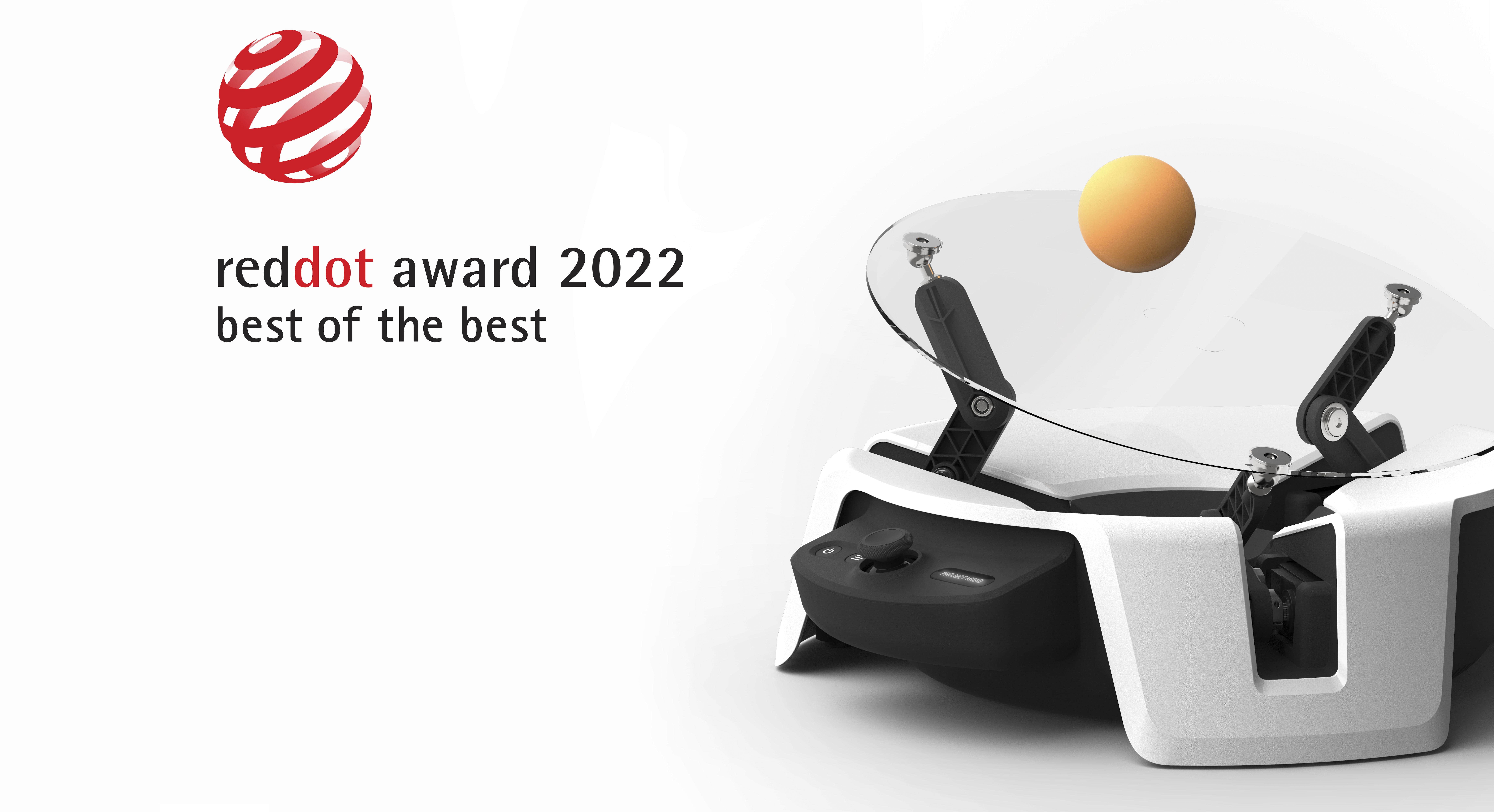
Reduce resources with MVPs
Between ideation and delivery, it’s useful to create a minimum viable product (MVP), as stated above. While MVPs (often in the form of prototypes) are an effective way to give form and function to abstract concepts, one of the most valuable byproducts of creating a prototype is that your team can test the product and learn what’s working early on in the process. Getting feedback from prospective customers can help your team align earlier, saving time and money in the long run.
Invest in strategic partnerships
With an influx of new technologies, strategic innovation is more important than ever. Though it may seem counterintuitive, investing in strategic partnerships during product development can save you a great deal of money as you think about what technologies to leverage and where to integrate:
- Gain outside knowledge from field experts to avoid tunnel vision
- Reduce internal risk with the help of an external party
- Get your product to market faster through a streamlined process
- Increase consumer engagement by keeping them at the forefront of every stage
- Optimize commercialization and increase ROI through detailed marketing strategies
Some organizations can handle all of the above, but most have a blind spot in one or more areas. Finding the right partner to help you excel at every stage is vital for product success and longevity.
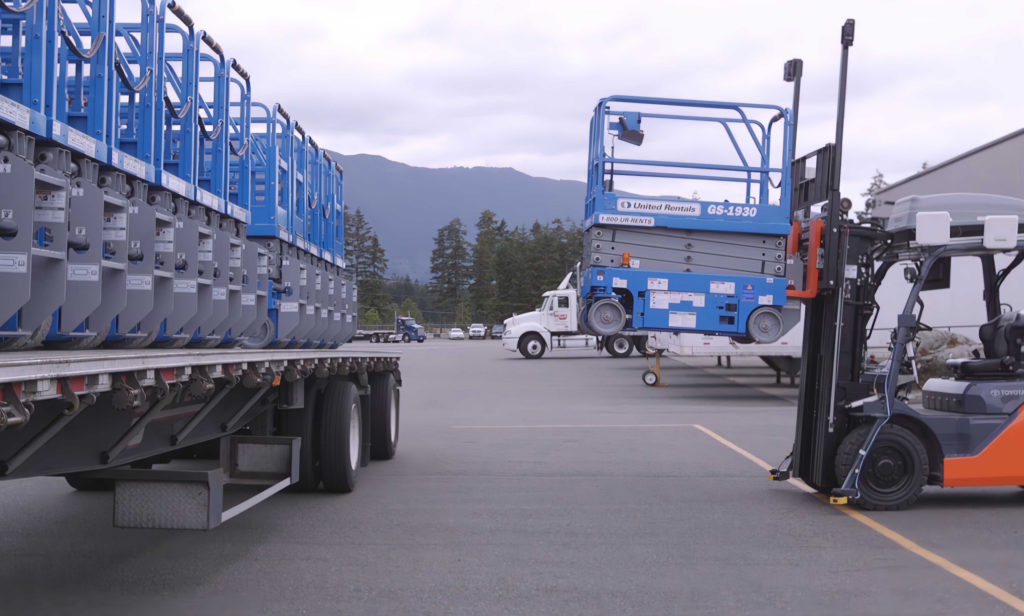
Partner with Fresh for product development solutions
Product development is lengthy, complex, and costly, particularly if you don’t have a firm product strategy. As co-collaborators and end-to-end consultants for various clients and partners, we have experience making innovative product ideas tangible and realistic through a combination of strategy, project management, design, and engineering.
When you team with Fresh, you’ll benefit from:
- A strategic (and flexible) process that accounts for every step of product development
- A proven approach to innovation that leverages your team’s existing knowledge to build consensus
- A dedicated partnership that prioritizes defining (and realizing) short and long-term metrics for success
- A holistic approach to development that accounts for every element of the process under one roof
Contact us to learn about options for working together. We’re excited to connect and learn more.





